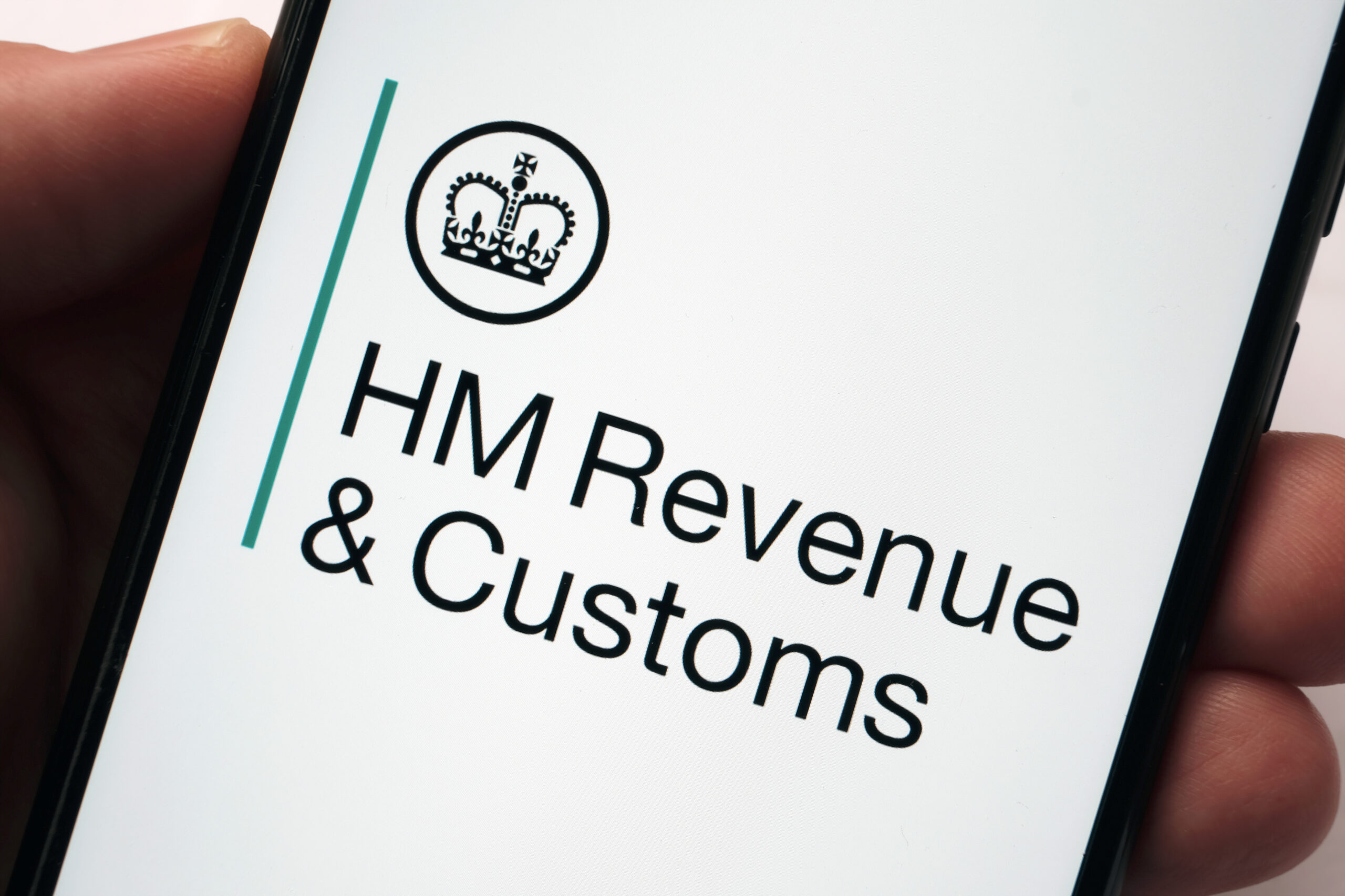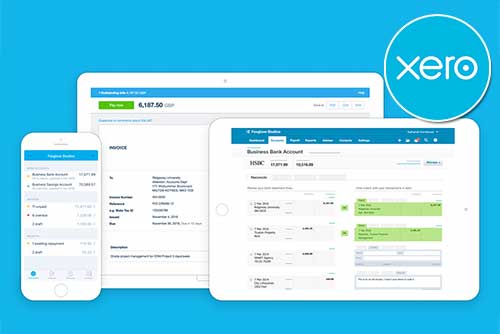Understanding Proforma Invoices: A Comprehensive Guide
Proforma invoices serve as crucial documents in international trade and domestic transactions alike. They provide a preliminary outline of a seller’s intent to deliver goods or services to a buyer, detailing the terms of the sale before the actual transaction occurs.
Understanding proforma invoices is essential for businesses engaged in global commerce or those seeking clarity in their financial transactions.
This article aims to shed light on proforma invoices, their significance, and how they differ from other types of invoices.
What is a Proforma Invoice?
A proforma invoice is a preliminary bill of sale or estimated invoice which is used to request payment from the committed buyer for goods or services before they are supplied. It typically includes details such as the description of the goods or services, quantities, prices, payment terms, and any applicable taxes or fees.
Key Elements of a Proforma Invoice
- Seller and Buyer Information: The proforma invoice should clearly state the details of both the seller and the buyer, including their names, addresses, contact information, and any other relevant identification numbers or references.
- Description of Goods or Services: A detailed description of the goods or services being provided, including specifications, quantities, unit prices, and total amounts.
- Terms of Sale: This section outlines the payment terms, including the currency, payment method, due date, and any applicable discounts or penalties for late payment.
- Shipping Information: If applicable, the proforma invoice may include details about the shipping method, delivery terms, insurance, and any associated costs.
- Taxes and Duties: Information regarding any taxes, duties, or other fees that the buyer may be responsible for, including VAT (Value Added Tax) or customs duties for international transactions.
The Purpose of a Proforma Invoice
A proforma invoice serves a few key purposes for businesses:
- Clarity and Transparency: Proforma invoices provide both parties with a clear understanding of the terms and conditions of the proposed transaction, reducing the risk of misunderstandings or disputes.
- Planning and Budgeting: Buyers can use proforma invoices to plan and budget for upcoming purchases, allowing them to anticipate costs and allocate resources accordingly.
- Customs Clearance: In international trade, proforma invoices are often required for customs clearance purposes, providing customs authorities with essential information about the goods being imported or exported.
- Legal Protection: Proforma invoices can serve as legally binding documents, especially when accompanied by a signed agreement between the buyer and seller, offering both parties a level of legal protection in case of disputes or non-compliance.
The Difference Between a Proforma and Commercial Invoice
Both proforma and commercial invoices are used in business transactions, but they serve different purposes and have different levels of formality. Here’s a breakdown of the key differences:
Timing
A proforma invoice is issued before a sale is finalised. It’s like a draft bill. On the other hand, a commercial invoice is issued after a sale is finalised and goods are shipped. It’s the official bill.
Purpose
A proforma invoice provides an estimate of shipping costs, fees, and delivery for a potential order. It’s used for quoting, negotiation, and securing financing.
In contrast, a commercial invoice serves as a record of the actual sale. It’s used for requesting payment, customs clearance, and tax purposes.
Legality
While proforma invoices are informational tools and are not legally required, commercial invoices are binding legal documents.
Payment
Payment is not required based on a proforma invoice since it is issued before the goods or services are delivered, whereas a commercial invoice indicates the final cost and that payment is due according to the agreed terms.
Level of Detail
A proforma invoice contains less detail than a commercial invoice. It focuses on key costs and delivery terms, whereas a commercial invoice includes more detailed information about the transaction. This includes item descriptions, quantities, unit prices, and total amounts. It may also include HS codes for customs purposes.
How to Create a Proforma Invoice
You can create a proforma invoice in a few ways:
- Use Invoice Software: Many accounting and invoicing software programs offer proforma invoice templates. These templates will have all the necessary fields pre-populated, making it easy to create professional-looking invoices.
- Create Your Own Template: If you don’t use invoicing software, you can design your own proforma invoice template using programs like Microsoft Word or Google Docs. Here are the essential elements to include:
- Title: Clearly label the document as a “Proforma Invoice”.
- Your Business Information: Include your company name, address, contact details, and logo (optional).
- Customer Information: Include the buyer’s company name, address, and contact details.
- Invoice Number: While not a formal invoice, it’s helpful to assign a unique proforma invoice number for tracking purposes.
- Issue Date: The date the proforma invoice is created.
- Description of Goods/Services: Provide a clear description of each item or service being offered, including quantity, unit price, and any applicable codes (e.g., HS codes).
- Calculations: Include subtotals, any applicable taxes, and the grand total amount due.
- Payment Terms: Specify the payment terms, such as due date and accepted payment methods.
- Validity Period: Optionally, you can mention the timeframe for which the quoted price is valid.
- Use Online Invoice Generators: There are free online invoice generators that offer proforma invoice templates. These can be a quick and easy option, but be sure to choose a reputable website.
The Importance of Understanding Proforma Invoices
Pro forma invoices streamline the negotiation process and provide the buyer with a clear understanding of the costs involved in a transaction. They serve as more than just preliminary bills of sale; they are valuable tools that help prevent misunderstandings and expedite the sales process, particularly in international trade.
While a pro forma invoice may not be an official invoice, it carries substantial information that can assist in determining customs duties and fees. It acts as a document that bridges the gap between the buyer and the seller, ensuring transparency and trust in the transaction.
So, whether you’re a business owner, a buyer, or a seller, having a comprehensive knowledge of pro forma invoices can help you navigate the complexities of trade and commerce.
If you’re seeking expert assistance with your accounting or invoicing needs, consider exploring Mazuma’s accounting services for efficient and reliable support.
Fill out our online form for a free, instant quote, or call us to discuss working with a dedicated accountant today.
Need an Accountant?
About the Author
Lucy Cohen, our Co-Founder at Mazuma, is a passionate innovator dedicated to revolutionising the accountancy industry. Over her 21-year career, including 18 years at Mazuma, Lucy has become an industry expert, contributing regularly to trade publications like Accounting Web and authoring acclaimed books such as “The Millennial Renaissance” and “Forget the First Million.” Her accolades include the Director of the Year (Innovation) by the Wales Institute of Directors and the Outstanding Contribution Award at the Accounting Excellence Awards.






















